We were lucky to catch up with Tatiana Lahera Kalainoff recently and have shared our conversation below.
Tatiana Lahera, thanks for taking the time to share your stories with us today Can you talk to us about how you learned to do what you do?
My field of data visualization is one where people come from all sorts of backgrounds, from coding to cartography, analysis to art. It doesn’t happen very often that two people have the same path to the field and that’s what makes the discipline so welcoming and diverse. I came to data viz with a background in architecture. I like to say that I was raised in architecture because my foundational design skills come from my undergraduate architecture degree. Architects have a way of seeing that has always contributed to how I process and understand the world, with a lens of systems thinking and a desire to not only make beautiful objects but design engaging experiences that tell a story and spark emotion. These skills are essential to the work I do now in data viz in communicating complex concepts and datasets into meaningful narratives through visuals. In addition to these skills, I got my graduate degree in data visualization from Parsons where I learned a lot about the context of the industry and how more typical data viz projects are both technically designed and developed. I’ve always considered myself a forever learner and while a list of technical skills might seem useful to those curious about the industry, I think the most essential skill I learned and utilized was how to research in order to learn everything I could about the data viz community. Learning what types of projects people made, how they made them, what places people worked and how they were all connected. I developed a living network map of the data viz community that only exists in its entirety in my mind and reveals existing yet hidden connections, rather meta.
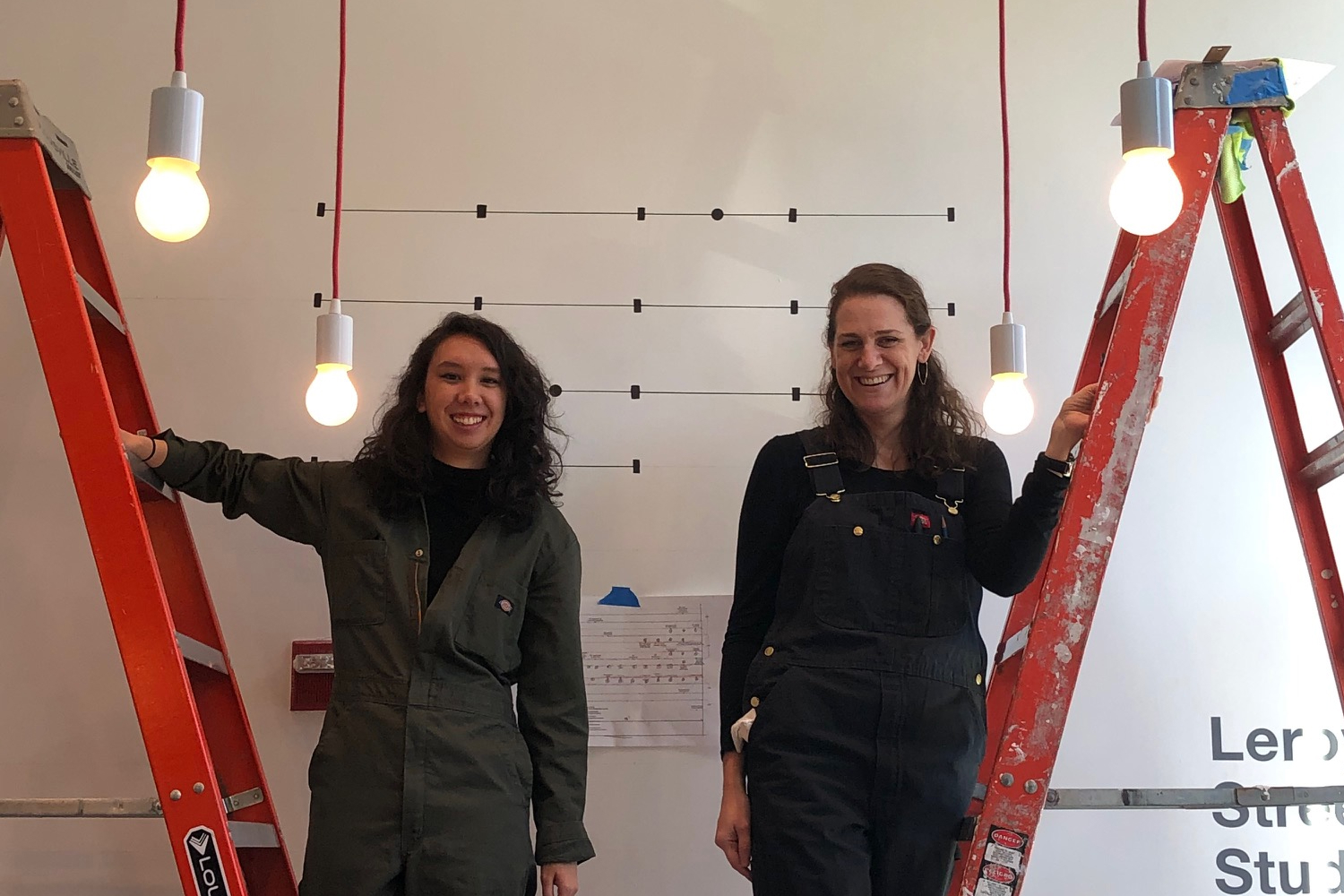
Tatiana Lahera, love having you share your insights with us. Before we ask you more questions, maybe you can take a moment to introduce yourself to our readers who might have missed our earlier conversations?
I’m a multidisciplinary mixed raced designer and data visualization artist based in Brooklyn, NY. Growing up, I moved around a bunch and was brought up in a multiracial household (Filipino and German American). Being mixed race and a Third Culture Kid significantly shaped my design perspective and how I engage with the world. I hold degrees in architecture and data visualization and believe information is power, but has little to no value without context and a compelling story.
As a multidisciplinary artist I explore the relationship between data, design, the built environment and uncovering hidden systems with a focus on providing opportunities for underrepresented voices to be heard. I believe equitable access to and understanding of information is key to empowering marginalized groups and creating systemic change. I’m most passionate about topics like racial identity and how it impacts how we both move through the world and experience the built environment, and demystifying complex urban policy and bureaucratic processes like rezoning, affordable housing, urban flooding, access to food through government services (ie. food stamps), subway access and safety, mental health resources, that are often difficult to understand by design.
I see my work as three-fold, containing components of education, interactive physicality and dialogue with the goal of building bridges of empathy between the people most impacted by systemic injustice and those who are in positions of power or privilege. My work also aims to bring down people’s own barriers of fear about data by making my work colorful, welcoming and playful to encourage more genuine engagement through user exploration.
My work ranges from the physical — print, objects, exhibits; to the digital — experiences, websites, visualizations; and everything in-between. I’m not tied to working in one material or another, whatever the piece is best communicated in that is the material I research, study and utilize. My use of community engagement as a tool in my art stems from my background in architecture and urban planning inspired by various participatory design models such as Center for Urban Pedagogy and Easy Data Viz. My hope is that my work empowers people who interact with it to take action and begin an open dialogue on complex and emotional topics, this desire is strongly inspired by Sustained Dialogue Institute’s 5-Stage Approach which is defined as “a peace process used to improve challenging relationships and come to action in intergroup conflicts”.
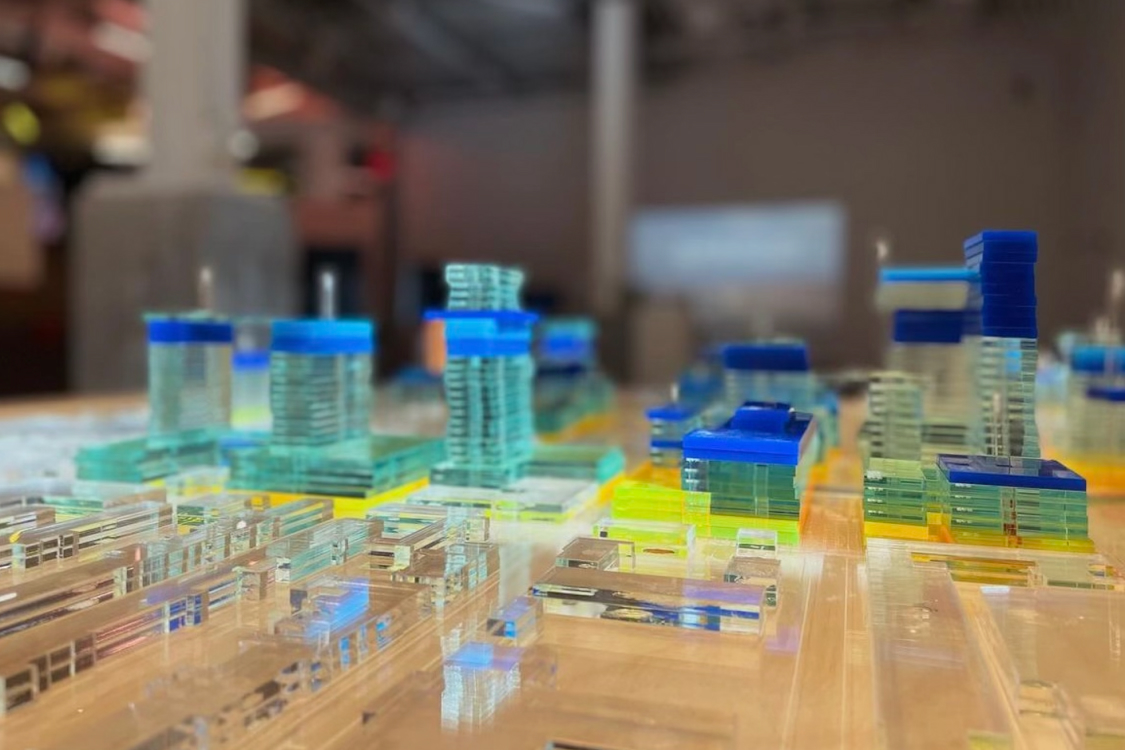
How about pivoting – can you share the story of a time you’ve had to pivot?
Over this past year I have been navigating a major career and life pivot. For a full calendar year, I fully dedicated myself to my art practice, freelancing and teaching which elicited a fluid and flexible schedule. At the end of the year I told myself I would reevaluate whether this lifestyle and career path were sustainable and enjoyable enough to continue. After a rather “successful” and “productive” year, where I fully leaned into myself as an artist, I took time to reflect on the experience. It was incredibly rewarding, but I realized that the fluid schedule that freelancing provided was actually making it much harder for me to focus and found It was difficult for me to differentiate my time between working and resting, my work was simply always on my mind. So I pivoted and went full time at one of the companies I had been freelancing for, the shift has given me the stability I was craving in my schedule and the structure to have dedicated time for my art practice. While the majority of my time is dedicated to my new full time role, as a senior data visualization specialist, within this new structure I’m still able to tend to all of the opportunities that emerged from my year dedicated to my art practice. It is still a balancing act, but the stability and structure have been helpful in adjusting during this time of transition.

We often hear about learning lessons – but just as important is unlearning lessons. Have you ever had to unlearn a lesson?
I’m finishing up a socially engaged public art fellowship with the institution More Art this July that builds off of my data viz art. The curriculum has been so transformative in how I understand my creative practice. After my first interactive data visualization art piece was exhibited at a gallery in March 2024 I was finally getting comfortable calling myself an artist and leaning into that facet of my creative identity. Through this process focused fellowship I have shed my understanding of artists as makers of objects and artifacts and instead as synthesizers of knowledge. As I’ve moved through life, I’m constantly unlearning and practicing to let go to make room for new understandings and ways of being that open up possibilities within my creative practice. This process of relinquishing control particularly in my art practice has been so liberating. By honing in on process, practice and intent I’ve become less tied to the outcome and its aesthetic.
Contact Info:
- Website: https://tatianalkalainoff.com
- Instagram: https://www.instagram.com/tatianalaherakalainoff
- Linkedin: https://www.linkedin.com/in/tatiana-kalainoff-4b7b64132/

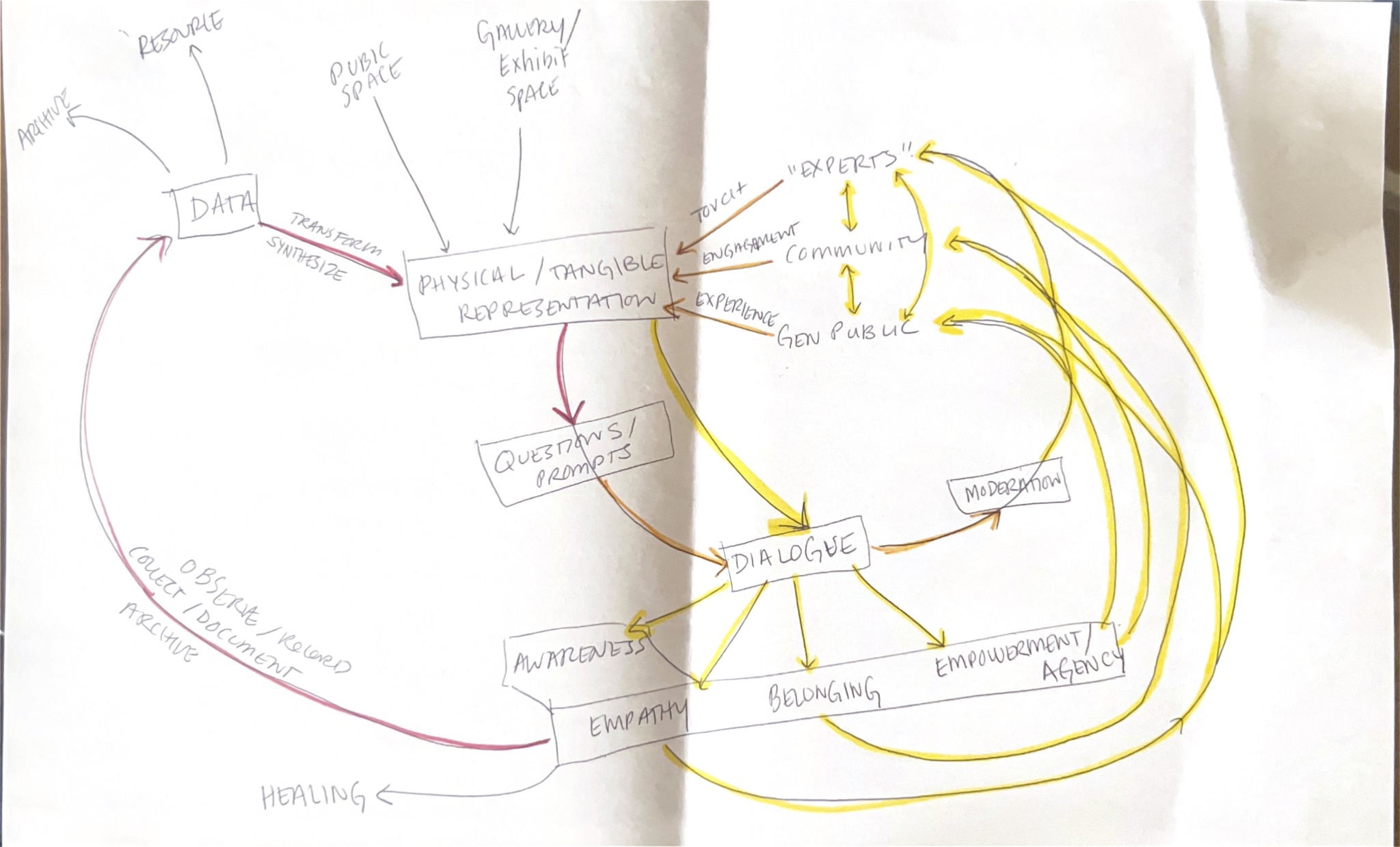
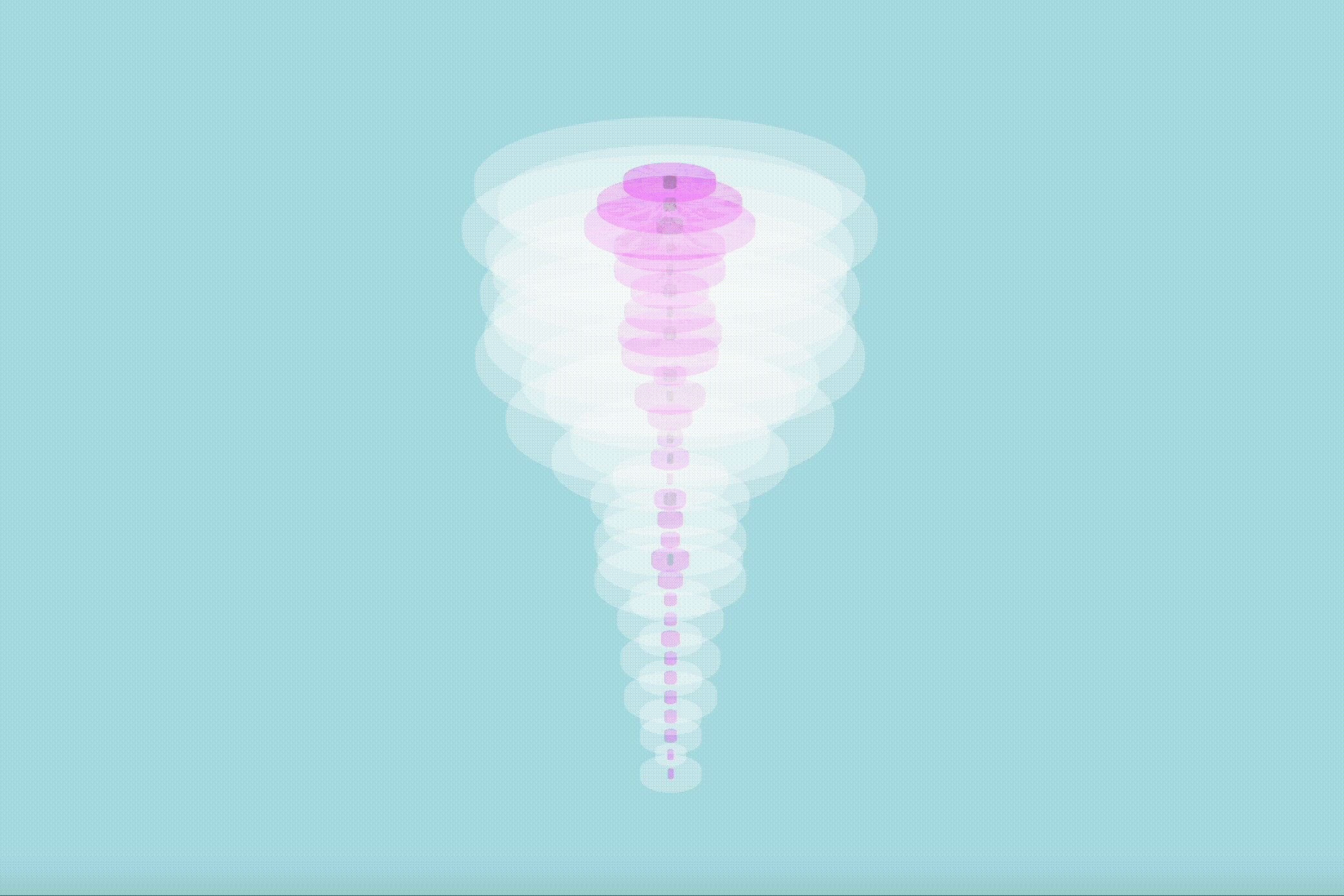
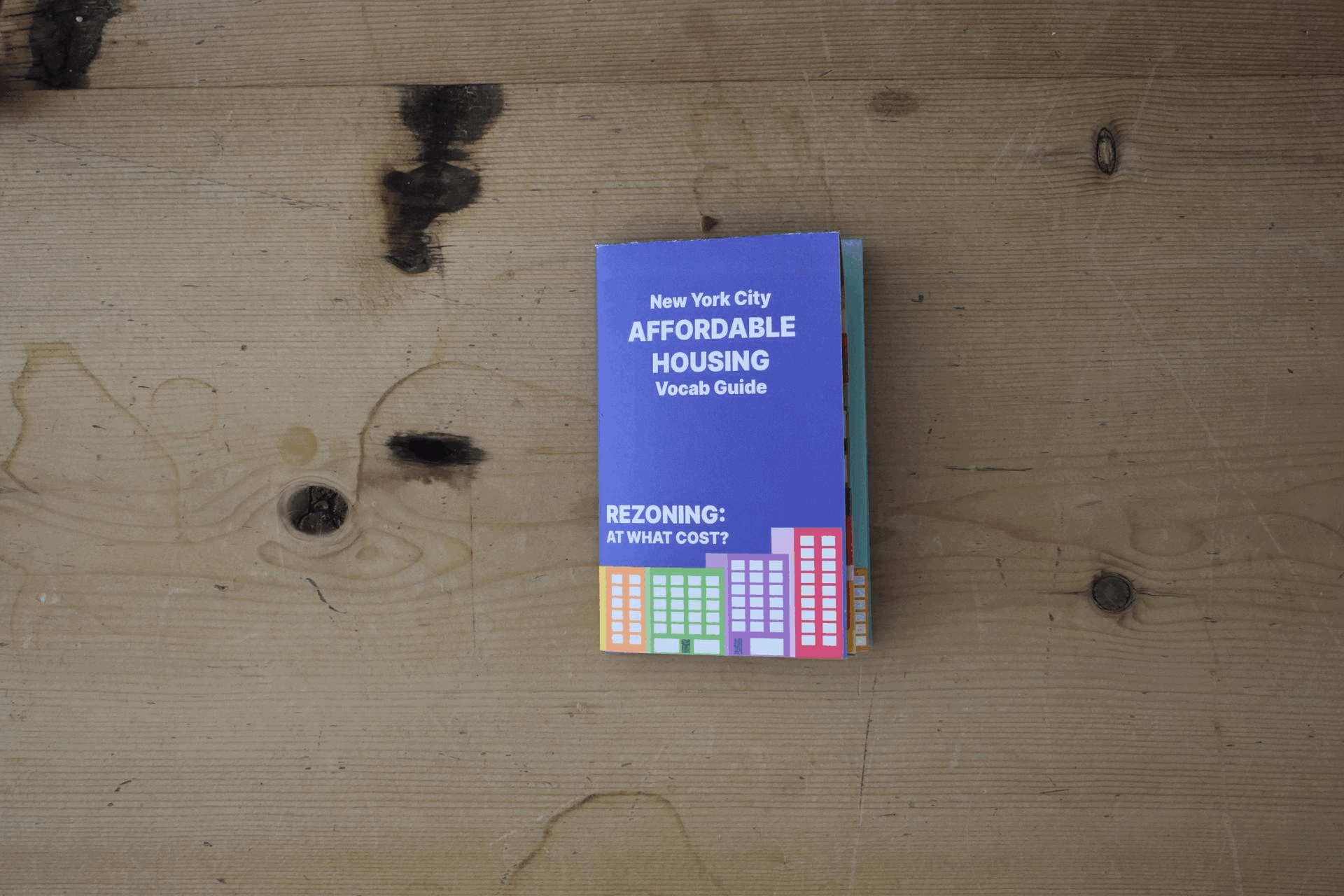

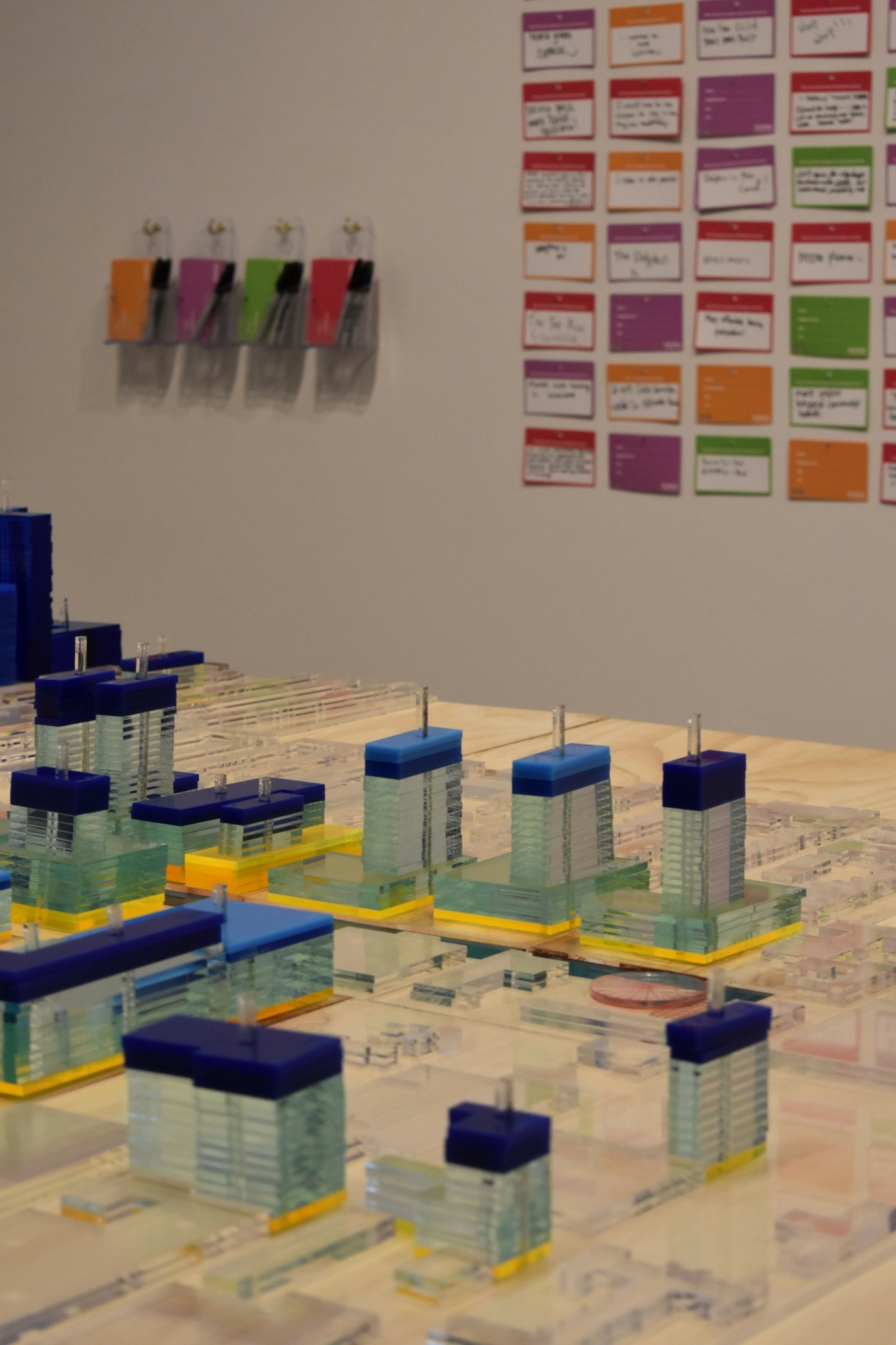
Image Credits
Tatiana Lahera Kalainoff
Paolo Kalainoff


